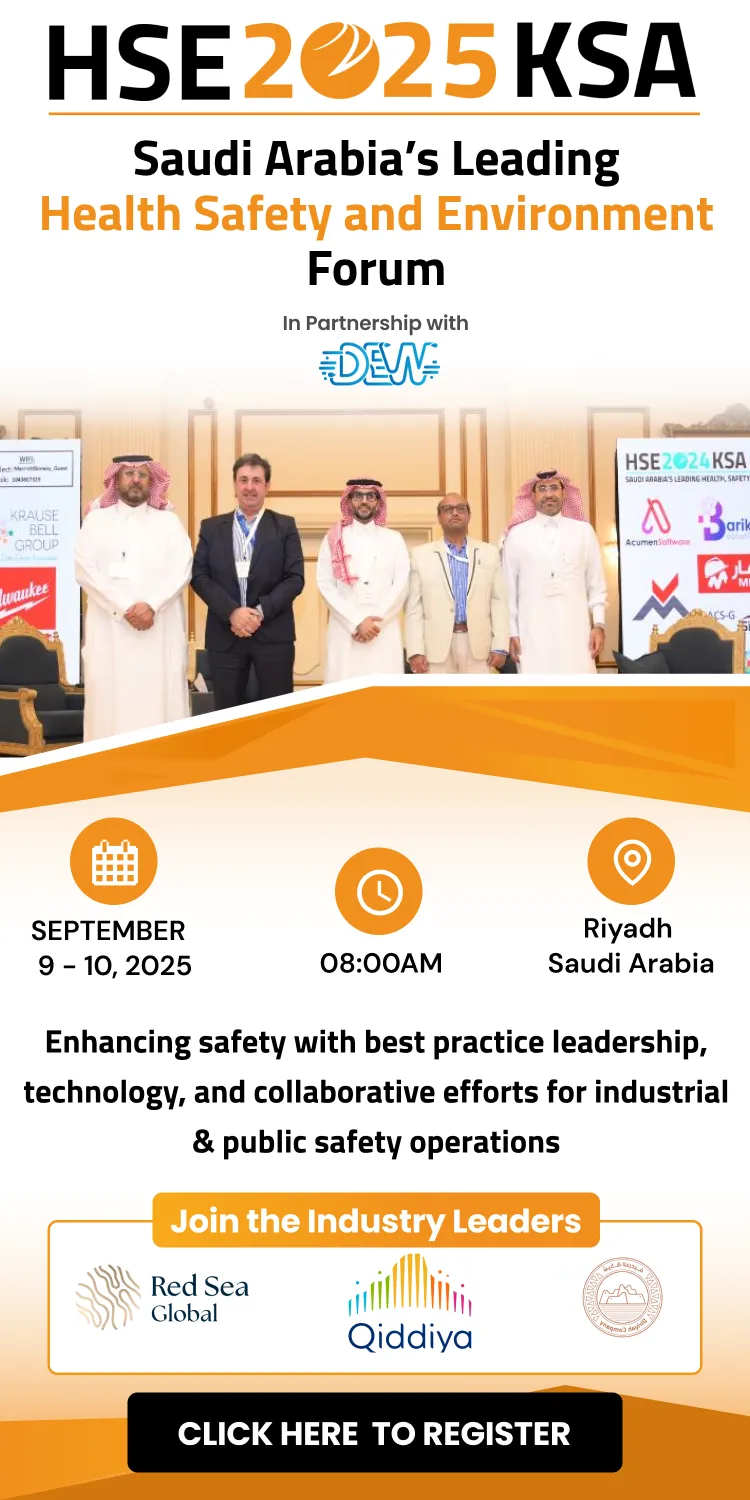
Florian Combacau, portfolio alignment director at Axis Communications. (Image source: Axis Communications)
Florian Combacau, portfolio alignment director at Axis Communications, speakes to Health, Safety and Environment Review about the company’s latest offerings and industry analysis.
Speaking about artificial intelligence and how it can transform the security industry, Combacau said, “Deep learning technologies are the bread and butter of most analytics solutions within the security sector, while newer generative AI technologies are rapidly maturing. There is still a lot of hype in certain areas but real applications of generative AI in the security sector are becoming available. Each step of evolution brings with it a new set of opportunities, but also ethical, legal, and corporate considerations."
More importantly, Combacau is confident that there will be improvement from an ethical perspective.
“Eventually this will enable generative models to be, at least partly, run on cameras with high-quality results. At the same time the models are improving in quality with regards to ethical aspects, bias, hallucinations, and the risk of making the wrong decisions.
Combacau also added that Axis body-worn cameras are designed for versatility, durability, and ease of use, making them ideal for police forces and critical sectors. Key features include seamless integration via an open API, live video streaming, and military-grade hardware for demanding environments. With advanced cybersecurity measures, cost-effective end-to-end solutions, and user-friendly functionality, Axis cameras ensure high-quality performance and secure data management without proprietary lock-ins or recurring fees.
2025 trends
When speaking of key trends and growth opportunities for the security industry in 2025, Combacau said, “Some of the trends we can expect are really just evolutions of those we’ve seen in previous years. An obvious one is the continued interest in how AI will be applied in our sector, and we’ve highlighted some of the new considerations that will need to be addressed moving forwards.
“Regulation is another area of focus for the industry this year. National and regional legislators will once again try to keep pace with technological innovation. AI, cybersecurity, privacy, the need for resilience in critical entities; all these (and more) will be the focus of proposed and new regulation. We haven’t highlighted this as a specific trend, but it’s no less a priority and something every organisation will need to respond to.
“Advances in analytics and AI mean that a higher resolution image will inevitably lead to a better result, whatever the use case. Object recognition will be more accurate and more detailed data (and metadata) created. The drive towards even better image quality has been reignited.
“With this has come opportunities for efficiency as well as effectiveness. A single camera producing much higher image quality can cover as large an area as multiple cameras would have been needed for previously. Higher resolution images also support analytics, for instance in large crowds, busy traffic intersections, or fast-moving production lines."









